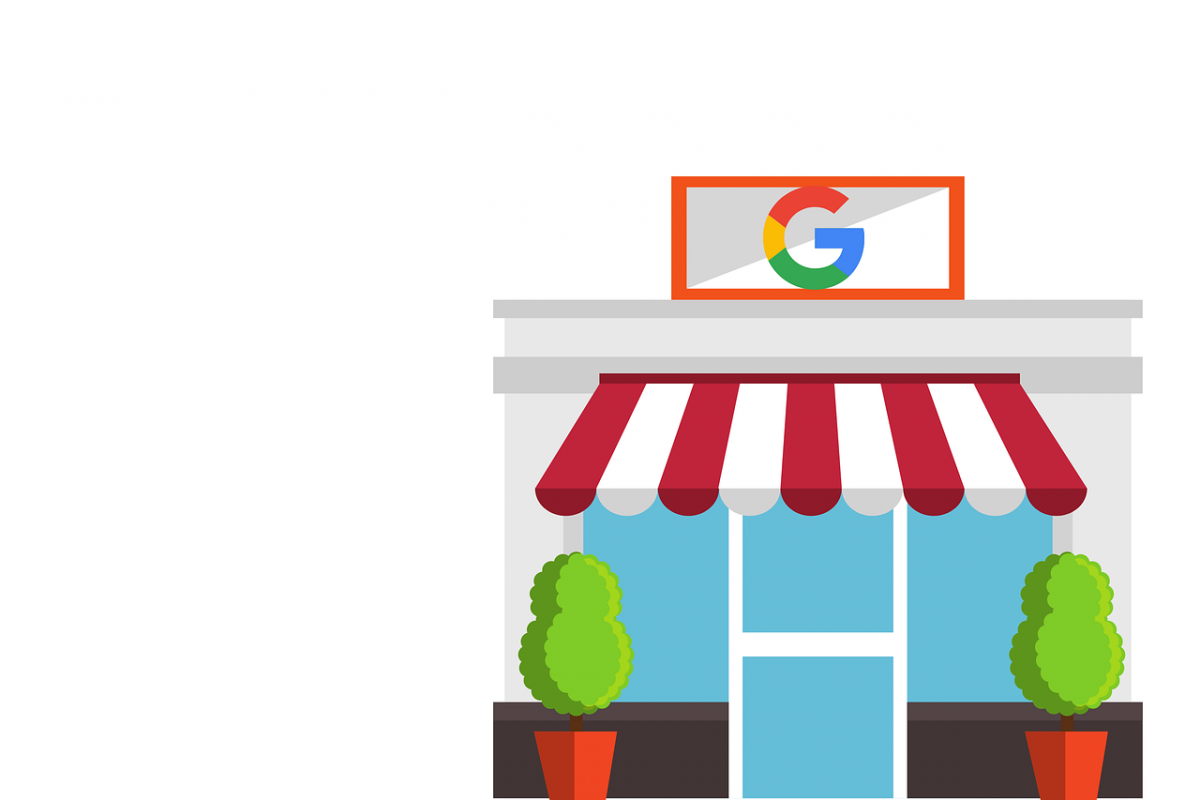It’s no secret that small businesses have been struggling for the past several months. COVID-19 has been anything but easy, especially for organizations that rely on physical retail. For many, life essentially ground to a standstill.
This remains true even as some regions look to reopen. We’re adrift in a time of profound uncertainty, as many of us wonder whether or not a second wave will strike. Amidst all this, it can be tempting to allow your marketing to taper off — likely as not, you’ve already cut your marketing budget.
You shouldn’t, though. Especially if you’re a local business, this is actually an ideal time to ramp up your search engine optimization efforts. Many people are still socially isolated, out of work, or both.
They’re looking for local businesses they can support, and curious about whether or not those businesses are taking the necessary measures to curb the spread of the coronavirus. This means that if you play your cards right, there’s the potential to bring in some decent traffic. There are, however, a few things you need to keep in mind here.
- Follow the typical best practices. Include Name, Address, and Phone Number (NAP) information on every page of your website. Sprinkle references to local events and neighborhoods into your blog posts and website copy. Maintain a Google My Business Page with high-quality photos and as much information about your business as possible.
- Write a COVID-19 statement. What are you doing to deal with the pandemic? How are you protecting your employees? What are you doing to protect your customers? How has this impacted your business?
- Update your Google My Business page. If COVID-19 has impacted your business hours, your Google My Business listing needs to reflect that.
- Find a way to support online sales. Most restaurants are now working with meal delivery services, as are many grocery outlets. If possible, it may be worth expanding the scope of your business to a third-party retailer like Amazon.
- Keep the content flowing. If you don’t already have a blog, it’s worthwhile to establish one and start posting regularly. Just be careful you don’t hammer on the coronavirus pandemic too frequently.
- Get social. Interact with your audience on social media. Don’t try to make sales here. Instead, focus on building relationships with them, and sharing content you think they’ll find interesting or valuable.
No one is entirely certain when the coronavirus pandemic will end. Even now, as many small businesses start to reopen and pick up the pieces, there’s the looming threat of a second wave. The best thing you can do at this point is to focus on local SEO and explore ways to do business online.
By making the shift to digital and working to increase your local reach, you’re much likelier to make it through this crisis at least relatively unscathed. If you’re lucky, you might even come out looking better than you did before.









